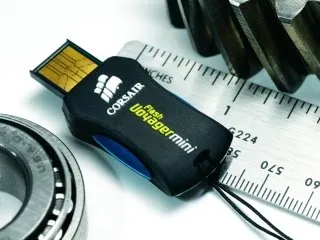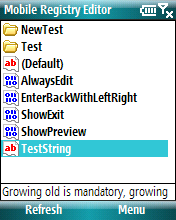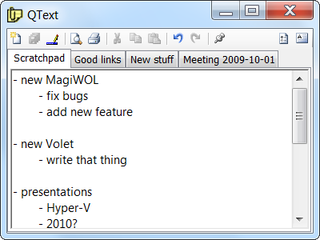
In order to make Windows installation faster, I decided to buy this USB. While I have great experience with my current USB, I decided against buying same one. Distinguishing between them would probably cause wrong one getting deleted all the time.
Since I did own both Corsair Voyager and Voyager GT before, I decided to check their Voyager mini. It seemed like nice USB drive. It was cap-less (I hate those) and it’s look and size ensured were quite appealing to me.
I will start with one good thing and that is speed. This little guy is fast. It is not as fast as his big brothers (especially GT family), but you will be satisfied. Windows installation just flies on this one. Unfortunately, this is first and last thing I liked.
Most common operation with USB drive is inserting it in USB socket and this is where this drive fails miserably.
In order to insert it into USB, you need to grasp it “just right”. If you grasp it too high it will just retract back. While this is not problem if your computer is on desk, it is quite annoying if you need to plug it in laptop. Only way you can do it every time is to raise laptop (2700 grams) in order to plug Voyager mini (5 grams).
To make things worse, you can insert it up-side-down without any problem. This will not break anything (there are no short-circuiting issues) but it is quite annoying when you don’t notice it. Those computers with vertical connectors are most annoying ones since you are never sure and there is nothing to block you if you insert it wrong way.
While this drive looks like Voyager, it is not. As much as I am satisfied them, I am dissatisfied with this one. I can only find fortune in fact that, since I use it only for installs, it is not used much. I do wonder whether guarantee covers burning…



